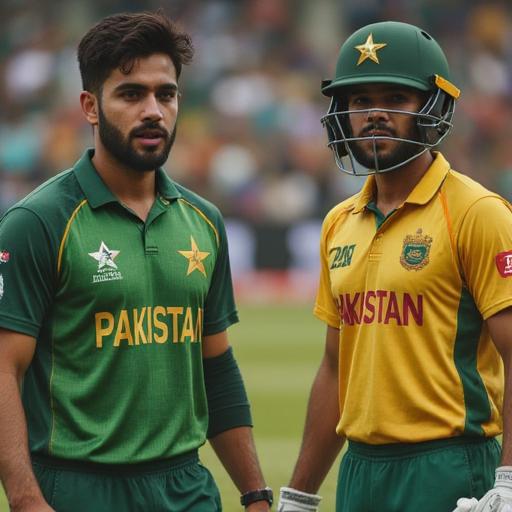Unveiling the Rich Tapestry of Pakistani Identity

Unveiling the Rich Tapestry of Pakistani Identity
Pakistan, a nation brimming with vibrant culture and history, boasts a complex and multifaceted identity. This isn’t a simple narrative, but a layered tapestry woven from diverse threads of ethnicity, religion, language, and tradition. This article delves into the fascinating journey of understanding Pakistani identity, exploring its nuanced aspects and the ongoing evolution of its definition.
A Mosaic of Cultures: Pakistan’s identity isn’t monolithic. It’s a mosaic of cultures, a melting pot of influences. From the ancient Indus Valley Civilization to the arrival of various ethnic groups throughout history, the country has absorbed and adapted myriad traditions and customs. This rich blend of influences is reflected in the diverse languages spoken, the vibrant regional cuisines, and the unique artistic expressions found across the country.
Religion’s Enduring Influence: Islam plays a significant role in shaping Pakistani identity. The country’s constitution acknowledges Islam as its state religion, and its impact is evident in social norms, customs, and everyday life. However, it’s crucial to recognise the diversity within this framework, as the country is home to a variety of interpretations and practices of Islam, as well as to people of other faiths.
The Role of Language and Literature: Languages like Urdu, Punjabi, Sindhi, Pashto, and Balochi—each with its own rich literary heritage—are intrinsically linked to Pakistani identity. These languages have inspired countless poets, writers, and artists, contributing significantly to the national narrative and understanding of cultural expression. This linguistic diversity is a vital component of the country’s composite identity.
Beyond the Boundaries: Pakistan’s identity is not confined to its borders. The country has strong historical ties to the broader region of South Asia, and its people maintain significant cultural and familial connections across international boundaries. These cross-border ties contribute to a deeper understanding of shared experiences and interconnected histories, adding another layer to Pakistan’s multifaceted identity.
A Dynamic Journey: Pakistan’s identity is not static. It’s a dynamic entity, constantly evolving as the nation navigates contemporary challenges and opportunities. The influence of globalization, technological advancements, and shifting social norms creates a vibrant backdrop for a country exploring its identity in the 21st century. Understanding these forces, alongside the historical elements mentioned above, is essential to grasping the complexities of Pakistani identity today.
Conclusion: Delving into the multifaceted Pakistani identity is a rewarding exploration that takes us beyond simple categorizations and into the richness of shared experiences. It is a continuous process of understanding and appreciation, demanding a keen eye for nuance and detail. It’s a conversation, not a conclusion. We encourage you to explore further, learn more, and become enriched by the remarkable story of this vibrant nation.